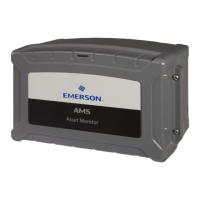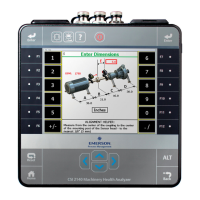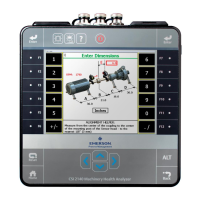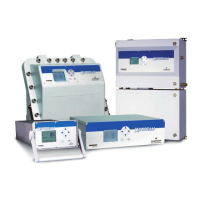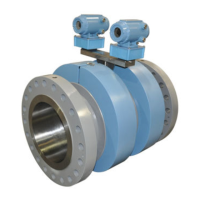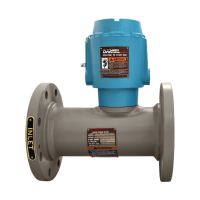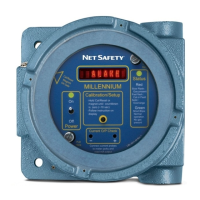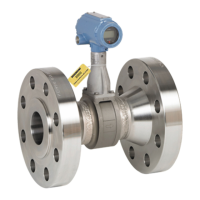User Instructions Section 5847
Spec. Nos. 586505000 and 5865055000 (Model LMS1000) Issue AL, July 24, 2006
Chapter 2. Operating LMS1000 Page 2-45
This document is property of Emerson Network Power, Energy Systems, North America, Inc. and contains confidential and proprietary information owned by Emerson Network Power, Energy
Systems, North America, Inc. Any copying, use, or disclosure of it without the written permission of Emerson Network Power, Energy Systems, North America, Inc. is strictly prohibited.
USING THE POWER METERING
SOFTWARE OPTION
What is Power Metering?
The LMS Power Metering feature tabulates power consumed by customer loads
connected to your power plant; generating daily, weekly, and monthly power consumption
data. Power Metering data is based upon the average of all samples taken during one
minute. The LMS calculates kilowatt-hours by totaling the minute averages from the
current hour and records this total at the top of each hour. Each hour total is added to
the daily total and each daily total is added to the weekly and monthly totals.
Power consumption data of up to sixty-four (64) separate loads can be generated.
You may also decide to generate power consumption data per customer, not load.
Entering the command POWER generates and displays the power consumption report.
This report may also be generated in a “comma separated value” format which can easily
be imported into a spreadsheet for record keeping or presentation purposes. The user
can then easily translate power consumption data into dollars billed.
Setting Up Power Metering
First, you need to connect an LMS analog input to your DC power plant’s system voltage.
Next, for each customer load to be monitored, you need to connect an analog input(s) to
the load shunt(s).
And finally, configure an LMS function channel for each customer. The function
channel’s program line should be set up to calculate the amount of power consumed. In
addition, the phrase “KW” must be entered for the function channel’s “Unit Text”
parameter. Examples of program lines are detailed next.
The program line must calculate power consumed by a load by multiplying the value of
the analog channel monitoring the system voltage (input voltage of all customer loads)
with the value of the analog channel monitoring the load’s input current, and multiplying
this product by 0.001 (because power consumption data is generated in kilo-watts per
hour). For example, if analog input A01 is connected to system voltage and analog input
A0002 is connected to the load’s input shunt, then an appropriate program line would be:
F0001=A0001*A0002*0.001
If the customer has multiple loads, a single function channel can be used to tabulate the
sum of all power consumed by that customer. For example, if analog input A0001 is
connected to system voltage, analog input A0002 is connected to customer load “#1”,
and analog input A0003 is connected to customer load “#2”, then an appropriate program
line would be:
F0001=A0001*(A0002+A0003)*0.001
This example also describes a program line for a single load with multiple shunts or fuses
monitored by A0002 and A0003.
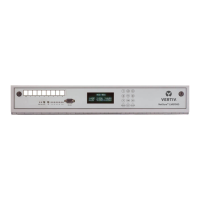
